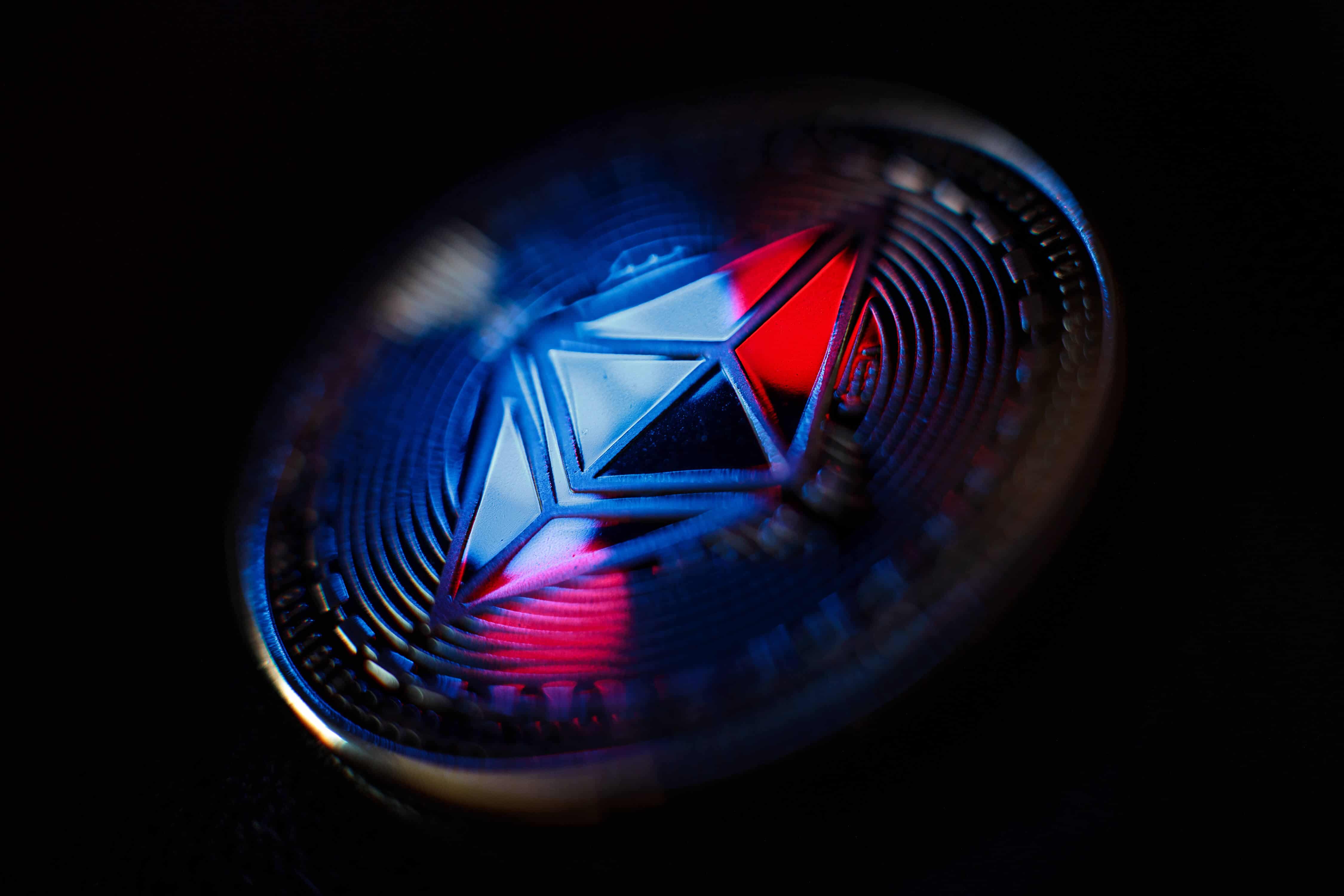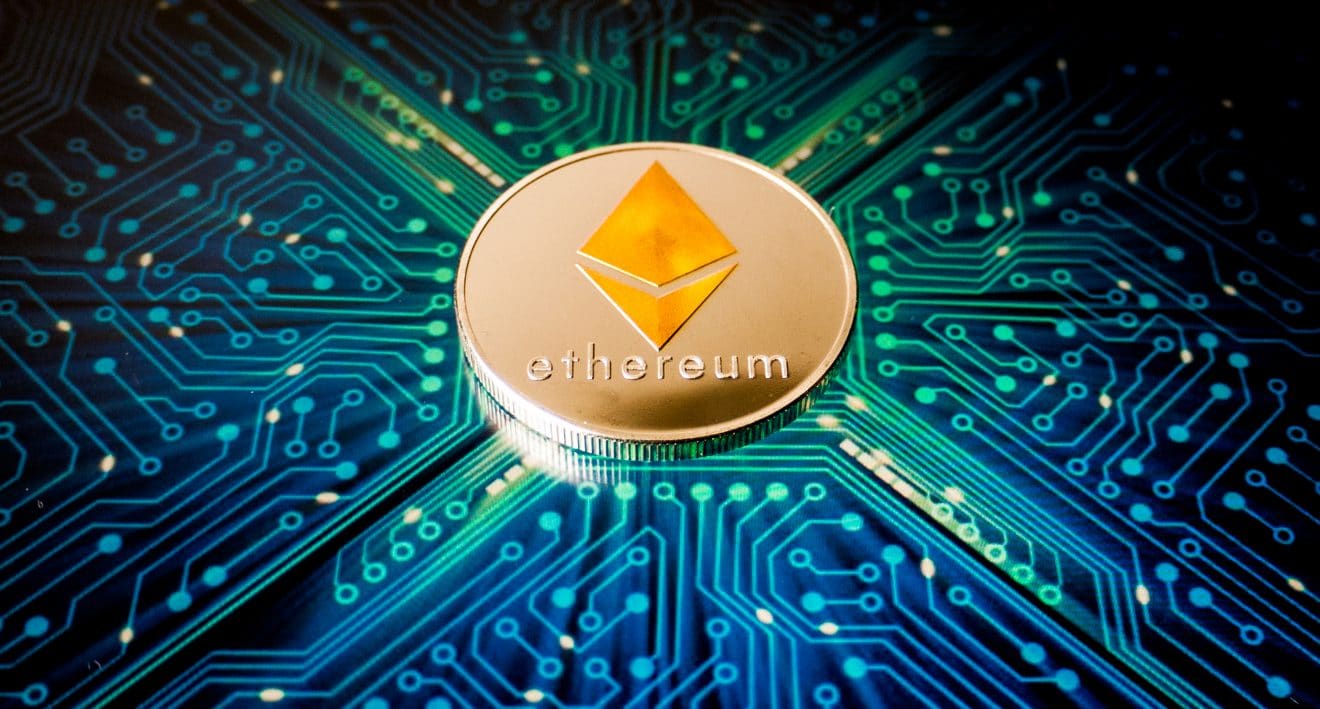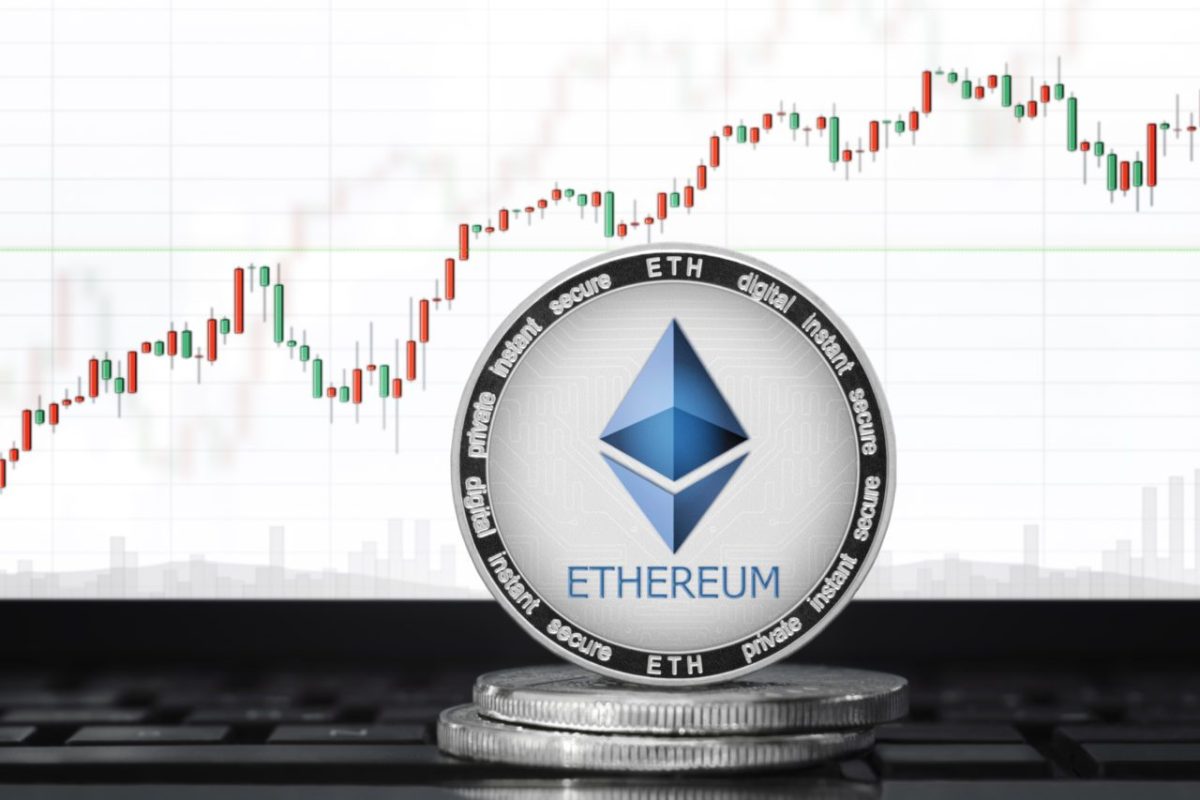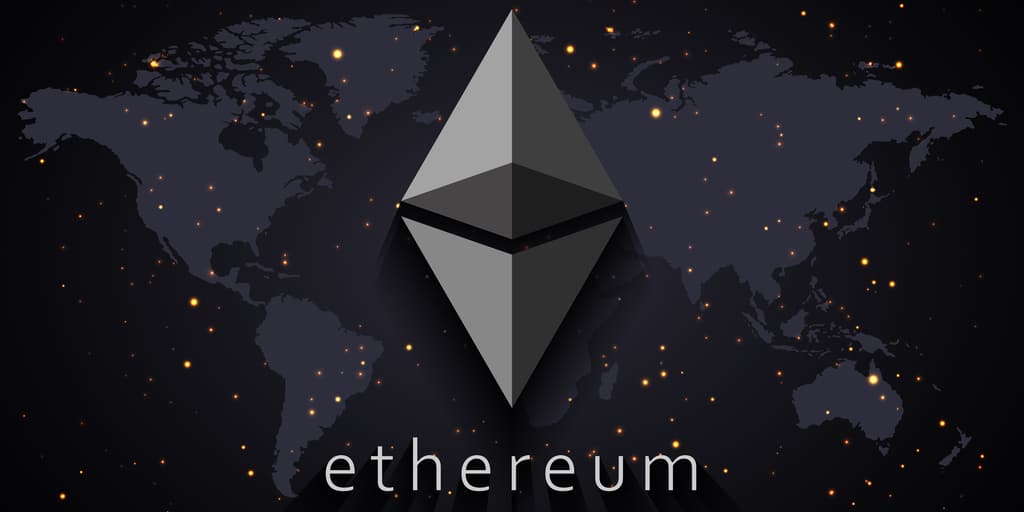What is the digital currency exchange?
A digital currency exchange enables traders to trade in digital currencies like Bitcoin, Ethereum, and Ripple, etc. Different digital currency exchange offers different services. Some may also allow the trading of traditional currencies.
A digital currency exchange offers a platform to buy and sell orders, and in return, they charge a small fee for the services that they provide. Trades happen instantly, and the exchange keeps the digital currency until the trader withdraws. Some of the exchanges buy and sell their own digital currencies for which they set any price they want. Such exchanges are the most expensive ones, but they are simple to use. Some of the biggest digital currency exchanges are Gemini, Poloniex, and GDAX.
Another business model of the digital currency exchange is P2P trading, where buyers and sellers are connected on a given platform. A seller advertises that he wants to sell and specifies the price at which he wants to sell along with the accepted payment methods. A P2P trading platform allows the buyer to accept a wide range of payment methods. P2P trading is time-consuming as the exchange doesn’t keep both the parties’ funds. Due to volatility in the price of digital currencies, the spread is higher in P2P trades. The exchange may charge the fee for the advertisement, or there may be a transaction commission.
What is Ethereum?
Ethereum was launched in 2015, and it is a blockchain-based, open-source, decentralized software platform that is used for its currency Ether. It worked on the principle of smart contracts and distributed applications, which runs without any chance of fraud, downtime, control, or interference from any third party. A smart contract is a code that is used to facilitate the exchange of money, property, share, or anything that has some value. It is a self-running computer program that executes when few conditions are met. As smart contracts only run on a blockchain, they run without any downtime
Ethereum is also a programming language which runs on a blockchain, helping the developers to create and publish the distributed applications. Ether is used for two purposes – it is traded as a digital currency, and it is also used inside Ethereum to run and monetize the applications. In 2016, Ethereum was divided into two separate blockchains – Ethereum and Ethereum Classic.
What is Ether?
Ether, which is denoted as ETH, is a cryptocurrency fuel for the platform Ethereum. Ether on the platform, Ethereum powers the smart contracts, transactions, and DApps. ETH can be used in multiple cases like for enabling smart contracts, for running DApps and for generating tokens during ICO and for making P2P payments. This is the reason why Ether is called Programmable money.
In a nutshell, Ethereum is a blockchain-based software platform for decentralized programming, and Ether is its cryptocurrency asset, which runs the Ethereum network. Ether is a computational resource that needs to be paid after the execution of smart contracts.
How to use Ethereum?
In 2015, Vitalik Buterin introduced Ethereum, and since then, the prices of Ethereum is continuously going up. Ethereum enables the users to use the power of the internet without having to trust other apps like Facebook, Google, etc. which store user data in their servers. The user data is kept in a very small number of locations, this is called Centralization, and if these locations are hacked, we are in huge trouble.
Ethereum allows the users to remove the need to trust a lot of apps which store private information. The platform does that with decentralization using blockchain technology. The technology that Ethereum uses is very advance. It functions through Smart contracts and DApps.
Ethereum works on Smart contracts, which means the transactions are made only when the necessary conditions are met. Once the smart contracts are written, it cannot be changed, which is why it is called ‘Trustless Transactions.’ You don’t have to trust the individuals as when the conditions are not met; it won’t happen. DApps or decentralized apps do not run on a traditional central server; they run on a blockchain. Ethereum has its own coding language ‘Solidity’, which is used to build DApps. Due to the similarity of Solidity with JavaScript, developers can create new DApps. Ethereum gives endless opportunities to build DApps.
Most Trending
-
Ethereum News

Will Ethereum (ETH) Continue to Be Under Bear Shadow?
Ethereum price continues to be bullied by the bears ETH price has had many hiccups on its way but still managed to reach its peak in June, but the bearish wave of July swept aside the good fortune gained in June. The YTD price movement shows a slow start to the year for Ethereum, but it slowly built an upward price momentum until the bears got stronger in July. Since then, the price has been continually below the baseline. The price has been moving in the range between $105 –…
Read More » -

-

-

-

-

-

What is decentralized Application?
With the evolution of the app market, many new apps are being developed. DApps or decentralized apps are special applications which are not controlled by a single authority, which doesn’t have any downtime and which cannot be shut down.
For an application to be a DApp, four characteristics are must:
Open source
The core source code of the app should be available to all. The core characteristics of the DApps is autonomy. Therefore changes are decided by the majority of the users. The code should also be available to everyone.
Incentives
As the app works on a decentralized blockchain, the validators must be incentivized with cryptographic tokens or any other form of digital assets having value.
Decentralized nature
Decentralized applications store everything on decentralized blockchain in order to save the app from getting involved with the centralized authority.
Algorithm
Decentralized app should have a consensus that showcases the proof of value in the cryptographic system.
Decentralized applications give the users the power to undergo transactions without any central authority and a middle man with the help of a self-sustaining ledger. Decentralized applications can be used for money management and business process management. There is also a rising trend of Decentralized Autonomous Organization, which works as a corporate and runs via the rules defined blockchain programming language. Everything can be programmed through blockchain in an organization.